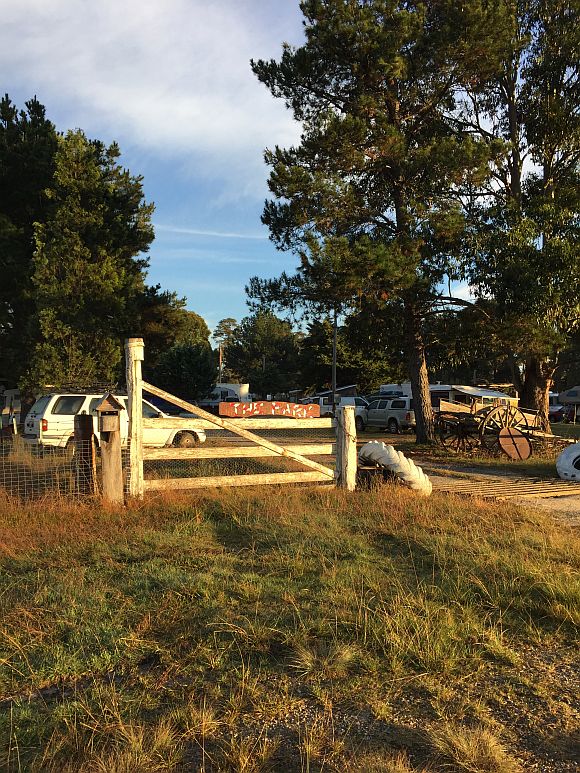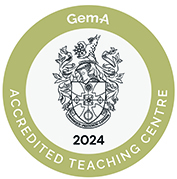| |
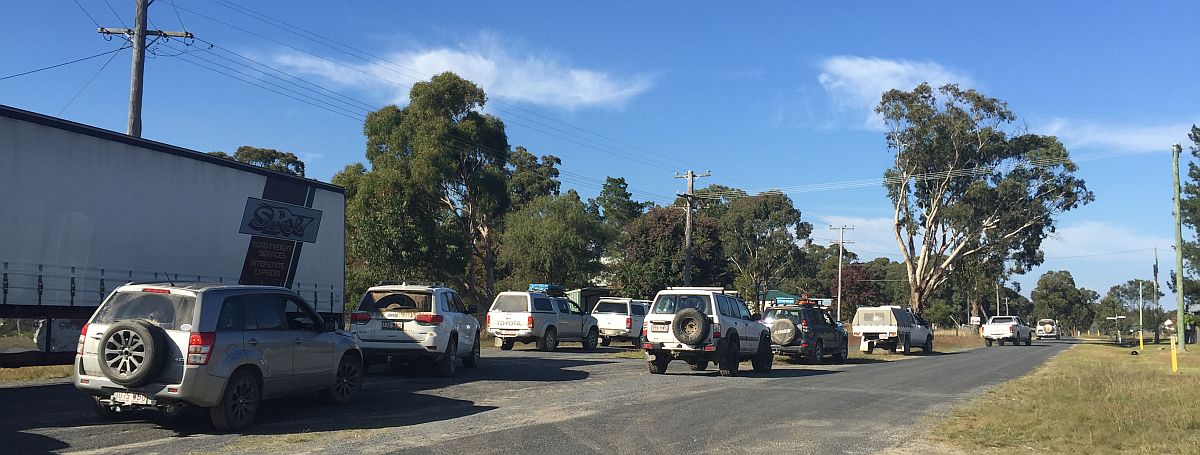 |
| |
| Torrington |
| |
| The New England Tableland is one of the most mineralised areas on the planet, and Torrington district is no exception, it has the worlds’ largest Silexite deposit, one of the few localities in Australia where true Emerald can be found, plus abundant Topaz and Quartz specimens. Of course, Torrington is an old Tin Mining district, but as well as Cassiterite - Beryl, Fluorite, Mica, Wolfram, Bismuth, Arsenic, minor Gold, Silver and base metals have all been prospected in the district. |
| |
As we will be fossicking for various gems and minerals, the usual tools required are:
1. A set of sieves (1/8 & ¼), a half inch sieve is also useful.
2. Pick & shovel, scoop, crevicing tools, etc.
3. Kneeling pad or knee guards.
4. Containers for your specimens. |
| |
|
| |
| |
As Torrington Village has no shops or amenities other than the Caravan Park and a Community Hall, the closest shops are at Deepwater or Glen Innes, you will need to be fully self-sufficient for the Easter holidays. There will however be a Fete at the Hall sometime over Easter, which we will attend, as there are usually some good mineral specimens available, as well as conserves, crafts, hot food, etc.
We will have a First Aid Officer with us and the club’s inReach Emergency Satellite Communicator. Members who are fossicking are required to follow safe work practises.
We will visit various localities to fossick, mainly for Topaz, Quartz crystals & Emerald. But there are plenty of other minerals and gems for the discerning fossicker. |
| |
| We have a group booking at the Torrington Caravan Park, but if you have any requirements, they can be contacted on T. 02-6734 6234 or M. 0434 354 222 or lexiekemp@hotmail.com |
Although the Miners Right and Fossicking Licence was abolished in NSW many years ago, a Fossicking Licence is still required in NSW State Forests. If you are going on the trip you will need to obtain one prior to the trip online at
http://www.forestrycorporation.com.au/visit/activities/fossicking |
Good Fossicking,
Garry Gatfield
Field Trip Officer NBLC Inc.
M. 0427964724
E. goldpan@bigpond.com |
| |
| |
|
| |
| |
| Emerald |
|
| https://www.researchgate.net/publication/257909872_Pressure-temperature-fluid_constraints_for_the_Emmaville-Torrington_emerald_deposit_New_South_Wales_Australia_Fluid_inclusion_and_stable_isotope_studies |
|
Abstract
The Emmaville-Torrington emeralds were first discovered in 1890 in quartz veins hosted within a Permian metasedimentary sequence, consisting of meta-siltstones, slates and quartzites intruded by pegmatite and aplite veins from the Moule Granite. The emerald deposit genesis is consistent with a typical granite-related emerald vein system. Emeralds from these veins display colour zonation alternating between emerald and clear beryl. Two fluid inclusion types are identified: three-phase (brine+vapour+halite) and two-phase (vapour+liquid) fluid inclusions. Fluid inclusion studies indicate the emeralds were precipitated from saline fluids ranging from approximately 33 mass percent NaCl equivalent. Formational pressures and temperatures of 350 to 400 °C and approximately 150 to 250 bars were derived from fluid inclusion and petrographic studies that also indicate emerald and beryl precipitation respectively from the liquid and vapour portions of a two-phase (boiling) system. The distinct colour zonations observed in the emerald from these deposits is the first recorded emerald locality which shows evidence of colour variation as a function of boiling. The primary three-phase and primary two-phase FITs are consistent with alternating chromium-rich ‘striped’ colour banding. Alternating emerald zones with colourless beryl are due to chromium and vanadium partitioning in the liquid portion of the boiling system. The chemical variations observed at Emmaville-Torrington are similar to other colour zoned emeralds from other localities worldwide likely precipitated from a boiling system as well.
Academic paper (PDF): Pressure-temperature-fluid constraints for the Emmaville-Torrington emerald deposit, New South Wales, Australia: Fluid inclusion and stable isotope studies. Available from: https://www.researchgate.net/publication/257909872_Pressure-temperature-fluid_constraints_for_the_Emmaville-Torrington_emerald_deposit_New_South_Wales_Australia_Fluid_inclusion_and_stable_isotope_studies [accessed Apr 7, 2017]. |
| |
| |
| Texte : Garry Gatfield |
| Photos Agata Cristol 2017 |
| |
| |
|
| 121 - 2017 TORRINGTON |
| |

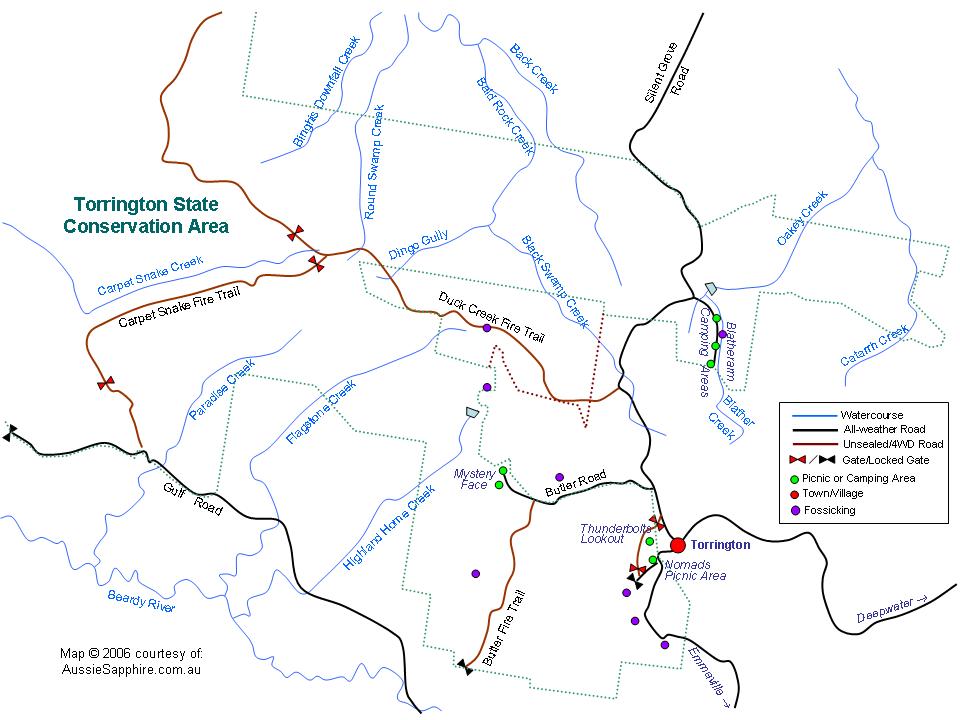
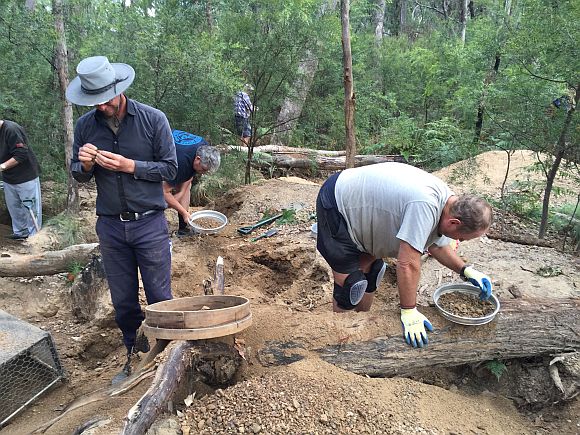

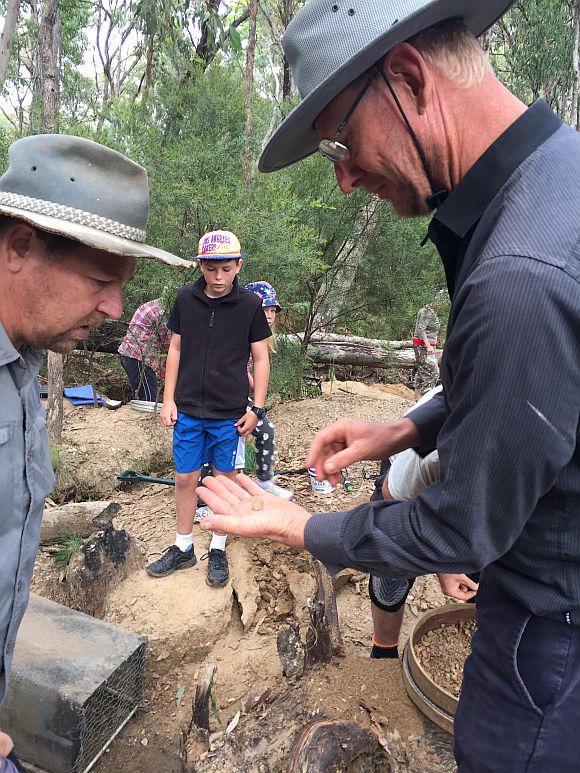
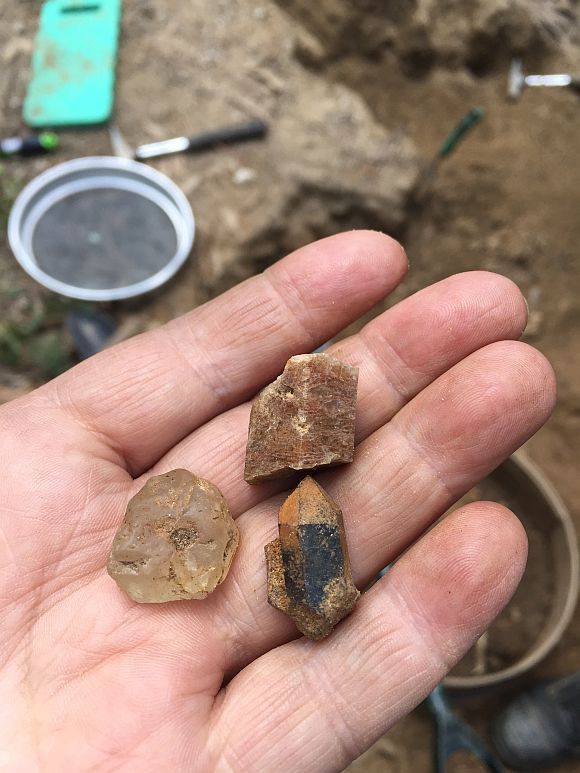
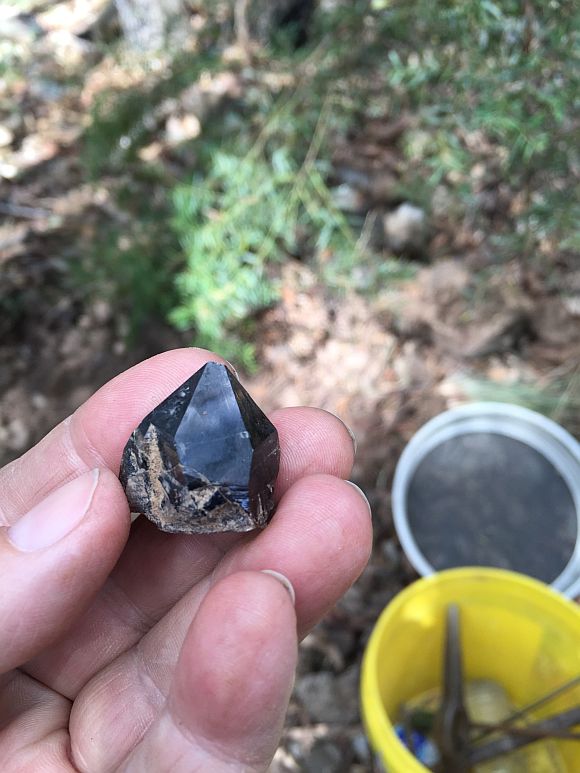
.jpg)

